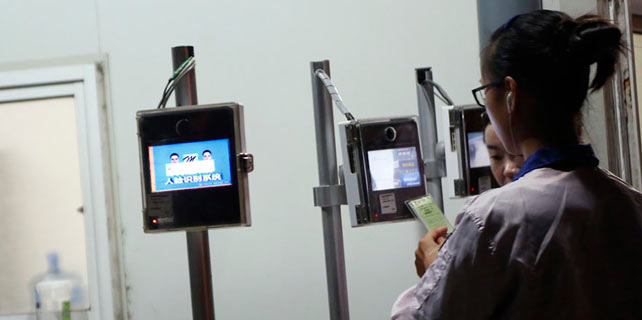Full-screen to drive smartphones
 |
|
Lei Jun (right), chief executive officer of tech company Xiaomi, presents a full-screen smartphone with its French designer, Philippe Starck, at a new product launch event in Beijing on Sept 11. [Photo by Feng Yongbin/China Daily] |
There is no denying that the full-screen design is now the biggest and most obvious trend in smartphones, and that it is also expected to become the major driver of smartphone growth this year, said industry experts.
James Yan, research director at Counterpoint Technology Market Research, said the full-screen design is distinctly futuristic and will be able to take the lead in the market.
"Smartphone users will always want bigger screens to have better views, and the full-screen trend will just cater to users' increasing need. And the sophisticated supply chain, both domestically and globally, encourages manufacturers to produce bezel-free smartphones."
To offer better user experiences, leading vendors are lining up to release bezel-free designs in an attempt to get at the forefront of the fierce competition.
Last Friday, Chinese tech giant Huawei Technologies Co Ltd officially launched its first quad-camera full-screen smartphone Huawei Maimang 6 in Beijing. The brand, a joint effort by both Huawei and the country's third-largest mobile carrier China Telecommunications Corp, is particularly targeting younger consumers.
The new device features a 5.9-inch full screen, reaching an almost 83 percent screen-to-body ratio on the front. Priced at 2,399 yuan ($369), the product will be on sale on Sept 28.
He Gang, head of the smartphone division of Huawei, said the launch marked Huawei's first attempt to officially enter the full-screen handset era, which is deemed as a revolution in smartphone development.
"A good-quality full-screen smartphone should enhance the user experience. And I believe we will usher in a new trend in the market."
Vivo Mobile Communication Technology Co, the third-largest smartphone brand in China in the second quarter of this year, last Thursday announced its latest two full-screen display smartphones, the Vivo X20 and Vivo X20 Plus, right after it released the first full-screen smartphone the Vivo V7 Plus in India in early September. Priced from 2,998 yuan, the two new gadgets will go on sale in China on Sept 30.
Ealier this month, Apple Inc unveiled a new batch of smartphones to mark its 10th anniversary, the iPhone X, iPhone 8 and iPhone 8 Plus. And the most eyecatching one will be the iPhone X, which is expected to compete with leading vendors Huawei and Samsung Electronics Co.
The bezel-less, OLED-equipped iPhone X is listed from 8,388 yuan in China, and was hailed by Apple CEO Tim Cook as "the biggest leap forward since the original iPhone".
Meanwhile, the iPhone 8 and iPhone 8 Plus still stick to LCD.
According to statistics from global consultancy Canalys, smartphone vendors shipped 22 million full-screen smartphones worldwide in the second quarter in 2017, up from 700,000 in the first quarter of this year.
"While growth in China's smartphone market slowed in the first half of this year, the new trend of full-screen smartphones will drive consumers' replacement need and boost the whole market in the second half of this year and the first half of 2018," Yan added.
Jia Mo, an analyst at Canalys agreed, adding that the normal full-screen display smartphones will grow rapidly in the market.
"Full-screen designs once were deemed as the symbol of high-end smartphones. But in fact, the bezel-free design does not require such high-tech as artificial intelligence."
"OLED-equipped full screen designs, meanwhile, will be employed in high-end smartphones in the short term, due to the limited production capacity mostly from Samsung."









